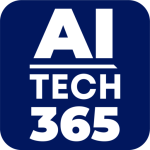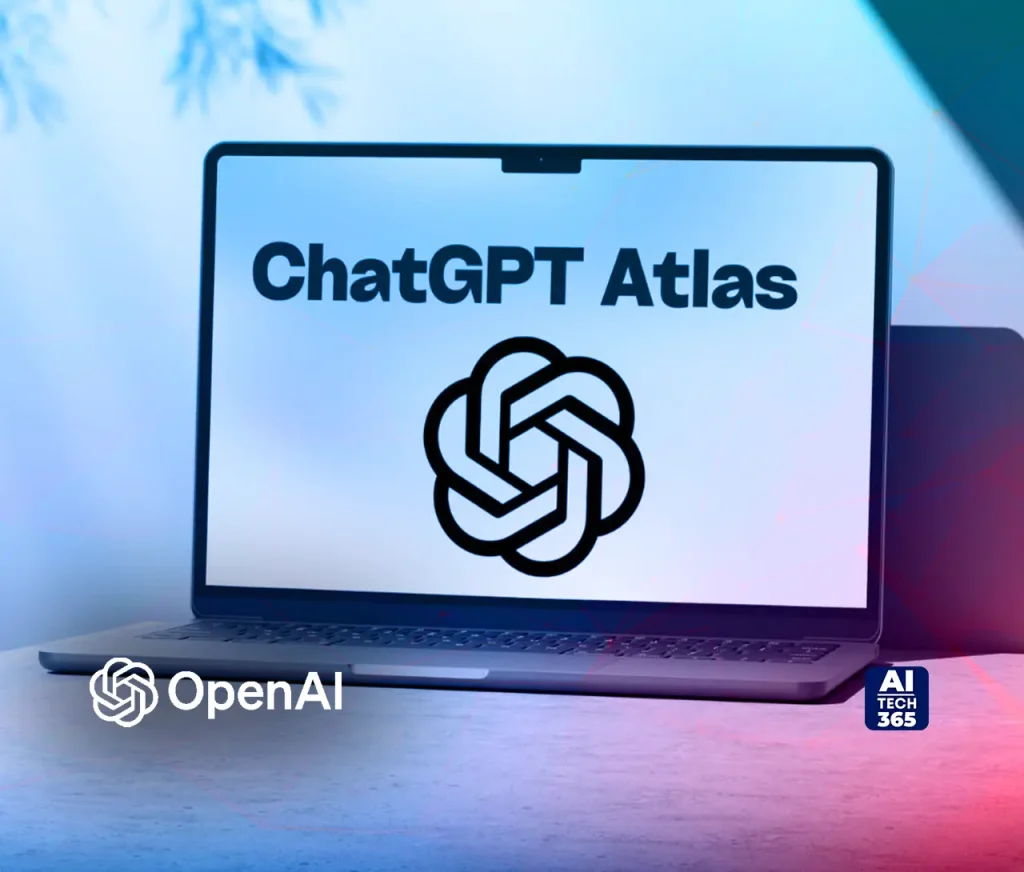OpenAI made the announcement for the rollout of ChatGPT Atlas a web browser centered around its ChatGPT tech. As OpenAI sees it, the goal is to change how humans surf the web by making ChatGPT a part of the surfing experience: the AI helper is “in the window right where you are,” knowing what you’re doing and helping in the moment. With Atlas, people can bring their ChatGPT memory, context, and browsing history into their sessions, and ask the assistant to do work like summarising job postings you’ve browsed, automating workflows, or assisting with research all without the tedious back-and-forth of copy-pasting between tools. Additionally, OpenAI is releasing agent-mode in Atlas (in preview) to Plus, Pro and Business users, enabling ChatGPT to act on your behalf as you surf: opening tabs, clicking through processes, gathering insights from web pages, shopping, booking events, and so on. OpenAI prioritizes user-control and safety: users are able to select which websites ChatGPT may view, erase or turn off the default “browser memories”, operate in an incognito mode, or restrict access in “agent mode”.
This is a step toward “a future where most web use happens through agentic systems” where you let AI handle routine work and get on with the important stuff, says OpenAI.
What This Means for the AI-Based Apps Industry
The introduction of ChatGPT Atlas represents a quantum leap for the “AI-based apps” landscape. Following are some of the major implications:
New Platform Opportunity
Atlas itself is a new platform in effect, a browser for agent-capabilities and context-awareness.
For AI app developers, this offers a new chance: apps might become discoverable or integrated through the browser, with increased access to context (what the user is browsing) and capability to act (agent mode). OpenAI suggests this by listing “Apps SDK developers can increase discoverability of their apps in Atlas.” Developers who adapt to, or build for, this browser environment could have a strategic channel to distribution. Richer Contextual Experiences
Numerous AI apps currently run in isolation: user enters input, the model returns output.
Atlas allows the assistant to observe what the user is doing, recall prior visits, and act accordingly. For developers of AI-apps, this presents opportunities to create experiences that react to browsing behaviour, cross-tab workflows, or dynamically respond based on user history. For example: a research-assistant app that tracks what you’ve visited and then automatically extracts insights, or a productivity app that notices you’re drafting an email and offers help accordingly. Increased Expectations of Automation
With ChatGPT capable of performing (open tabs, click, summarise, execute steps) within the browser, user expectation for AI apps will increase. The threshold for “mere suggestion” will be higher, and apps that merely provide static answers might find it challenging. AI-apps will have to provide not only analysis, but orchestration: interlinking multi-step processes, interacting with other tools, and getting things done on behalf of the user. That presents both possibility and challenge for developers.
Competitive Pressure and Platform Risk
For existing AI-based app providers, there is both opportunity and threat.
On the one hand, being part of this new ecosystem could drive usage. On the other, OpenAI’s browser may act as a platform too capturing more of the user-interaction layer and potentially mediating access to users. Apps that don’t integrate may be sidelined or suffer from reduced visibility. This introduces platform risk: developers must evaluate whether to build for Atlas (and possibly other next-gen browsers) or double-down on independent distribution. Effects on Businesses Operating in the AI Apps Industry
Also Read: Cognizant Introduces ‘Enterprise Vibe Coding Blueprint’ to Help Speed AI-First Transformation
From a business perspective, several implications stand out:
Distribution and Monetization Changes: Companies will have to revamp go-to-market models. If many users migrate to browsers such as ChatGPT Atlas as an initial interface, referral traffic, app-store discovery, and standard browser-based web funnels could alter. Companies may have to collaborate with platforms such as Atlas for exposure.
Data & Privacy Issues: As AI apps delve further into context (through browsing, agent-mode behaviour) demands on data governance and privacy increase. Transparency, user approval, safe storage of data, and adherence to laws are required. OpenAI highlights users’ capacity for clearing memories and controlling what is shown. Developers of companies that create apps have to factor in privacy-by-design.
New Service Models: With the power to automate sophisticated tasks, new markets emerge for more value-added services. Instead of selling “answers”, AI-app businesses can sell “actions”: booking, summarizing, coordination, negotiation on behalf of users. This is an opportunity for premium subscription models, and B2B offerings where entire workflows are automated end-to-end.
Emphasis on Differentiation: While big platforms (such as OpenAI) venture into nearby areas (browser + agent), standalone app businesses will need to prioritize differentiation: deep vertical domain knowledge, novel data sources, proprietary workflows, or enterprise integrations. Lacking this, they risk being swallowed up.
Innovation Pressure & Speed: Atlas road-map features enhanced developer tools, multi-profile support, and more. Companies need to keep up: developing for browser-agent ecosystems, using SDKs, and evolving fast to be relevant.
Conclusion
The announcement of ChatGPT Atlas marks more than a new browser: it marks a shift in the way AI-based applications are delivered, found, and integrated into our day-to-day digital workflows. For the industry of AI-apps and developers and businesses, this is both a wake-up call and an opportunity. The play is being moved from individual apps to agent-based, context-aware experience integrated directly into the web. Those who evolve by taking advantage of the new distribution channels, end-to-end automation, and exacting data and privacy standards have the potential to thrive. Those who do not risk being disintermediated by the very technology that will drive the next wave of AI interactions.

